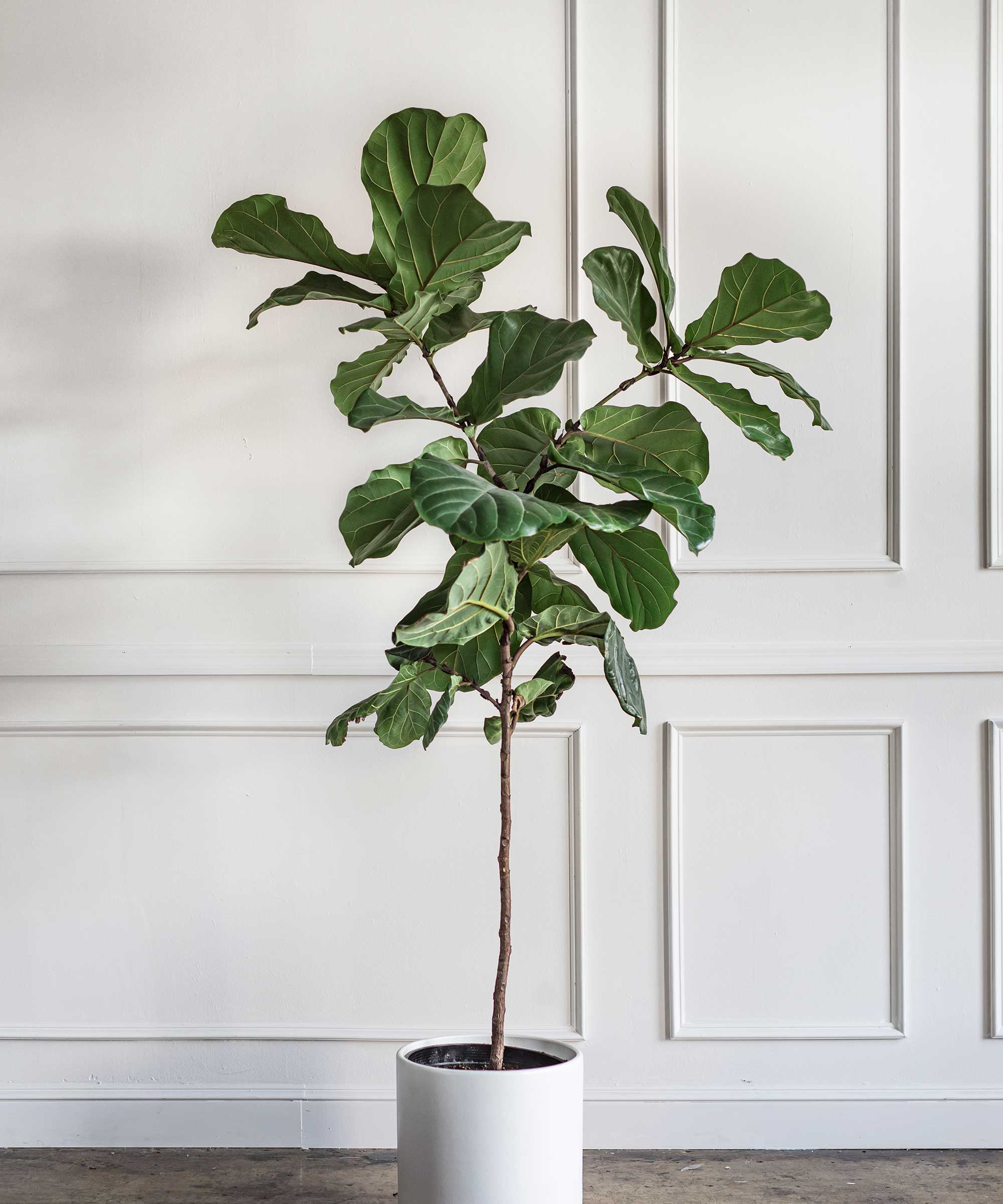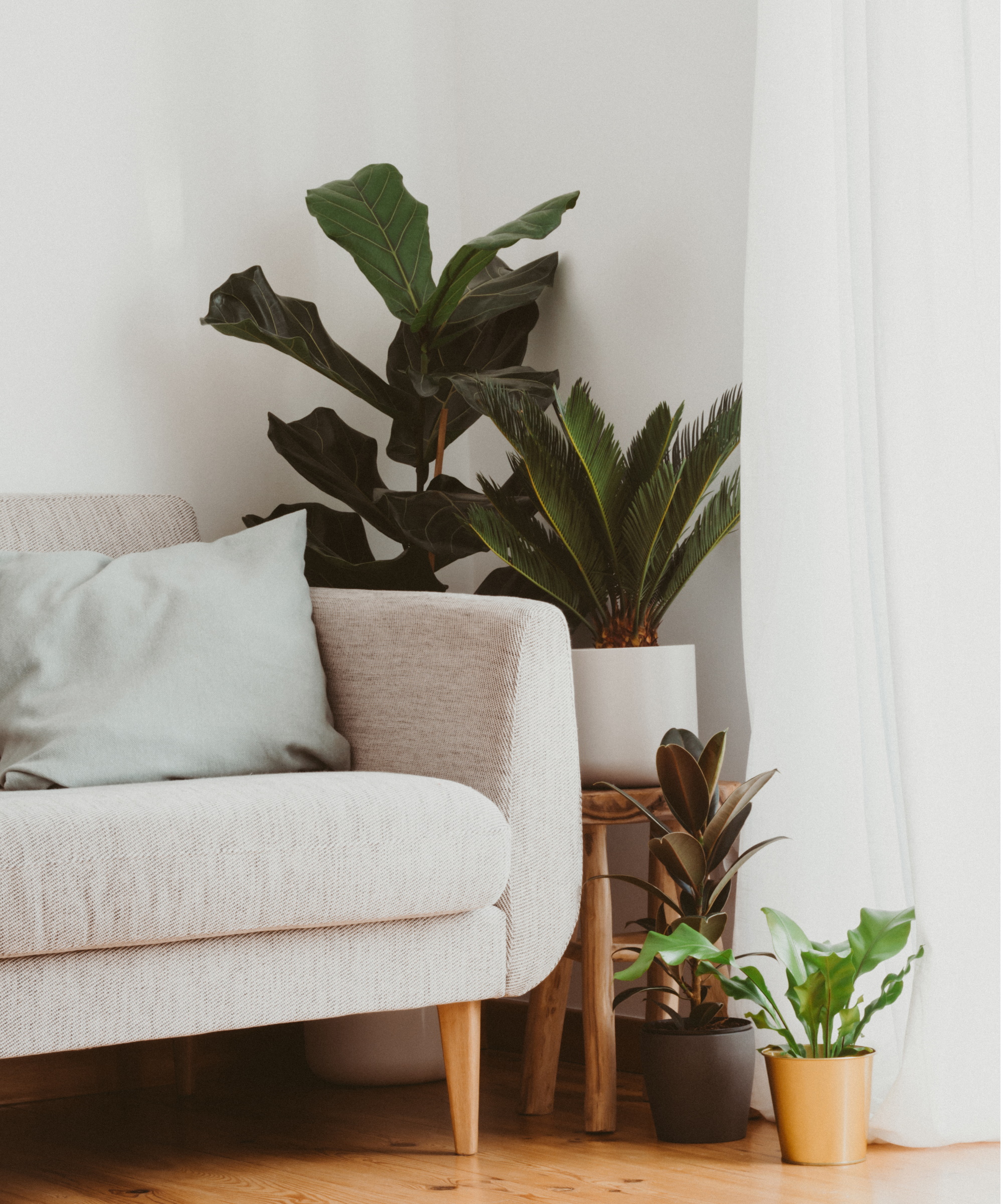
As a houseplant enthusiast, the fall months are a really exciting time. It's the season where we start to turn our attention indoors and it's a real opportunity to get creative with houseplants to create a calming green escape in the comfort of your own home. You'll be surprised, though, at just how many essential tasks I forget to do every fall.
And I'm not alone. Houseplant experts revealed to me there are quite a few indoor plant jobs every gardener forgets to do in fall. Even when paying close attention to your fall houseplant care checklist, these tasks often go incomplete.
I'm guilty of letting them fall to the back burner as I prioritize other jobs, but ticking these tasks off now truly makes a difference for getting your houseplants through the coldest months unscathed. Here, the experts share which indoor plant jobs every gardener forgets to do in fall and how to do them (spoiler: they're all super simple and will take just minutes out of your day).

3 indoor plant jobs for fall
Now is also a good time to start looking ahead at how to care for houseplants in winter and more importantly, winter houseplant care mistakes to avoid. All of these things are key to ensuring your houseplants remain healthy through colder, darker months.
1. Wash your windows

You don't even need to touch your houseplants to do this one. Washing your windows is essential to providing your plants with as much light as they can get during the coldest seasons.
'It's amazing how dirty your windows can get and how much your plants appreciate the extra light once the dirt is removed,' says Lisa Eldred Steinkopf, houseplant expert at The Houseplant Guru. 'If you can, wash or remove screens for fall and winter. They block 30% of the light,' she adds.
Paired with repositioning your houseplants closer to windows, this will allow them to soak up as much daylight as they can get during the months when it is limited.
Top tip: one of the best ways to clean a window without causing streaks is making a homemade solution with distilled white vinegar (from Amazon) and using microfiber cloths (from Walmart).
2. Check underneath leaves for pests

You may already think you're pretty on top of common houseplant pests, but fall is one of the most active time for pests as they retreat into your home for warmth and dry conditions.
These destructive insects are very good at hiding so you don't spot them, often choosing to sit on the underside of leaves. This means even if you're cleaning houseplant leaves to remove dust from the surface, you can miss hiding pests.
'For spider mites, look for early signs of infestation such as webbing or small crawling insects on the undersides of leaves and treat with insecticidal soap (from Amazon),' says houseplant expert and garden designer Lee Miller.
You can also make a homemade bug spray to help tackle any pests you come across, though it's important to research specific advice for the pest you are dealing with, such as getting rid of fungus gnats and getting rid of thrips.
3. Move houseplants away from heat sources

When we start to turn our heating on for colder days, a once optimal spot for your houseplant next to a vent can quickly become unfavorable.
'Heat sources could cause leaf scorch and dry out the soil prematurely,' Lee warns.
Depending on the type of houseplant you have, this can look like calathea leaves curling and weeping fig dropping leaves. So, it's best to relocate any plants sitting next to heat sources for the next few months.
When choosing a new spot for your houseplants, make sure not to move them too far away from windows, however. Daylight is limited during fall, so placing them as close as possible to bright windows but not near any heat sources is the sweet spot to aim for.
'You can also buy vent covers (from Amazon) that shoot the air across the floor instead of letting it blow up on your plants in the window,' Lisa suggests.
This is a good option for indoor gardeners who have limited alternative spots for houseplants to move to.
FAQs
How often should I water my houseplants in fall?
This depends on a couple of factors: the room temperature and the type of plant it is. If you have thirsty houseplants, like ferns, it's important to maintain consistent moisture levels through fall. However, be aware that your plants are likely drying out at a slower pace due to the room temperature being cooler than in summer. You can use this soil moisture meter from Amazon to check your houseplant's soil ahead of watering to ensure you don't end up overwatering and causing houseplant root rot. For the most part, houseplants will need watering a lot less frequently than in summer (sometimes as little as every couple of weeks) and it's always best to first check the soil to determine if your plant needs watering.
Don't worry if these indoor plant jobs every gardener forgets to do in fall weren't on your radar before, it's a common occurrence. Making the time to do them now is one step towards being a better plant parent and encouraging another healthy season for your houseplants.







